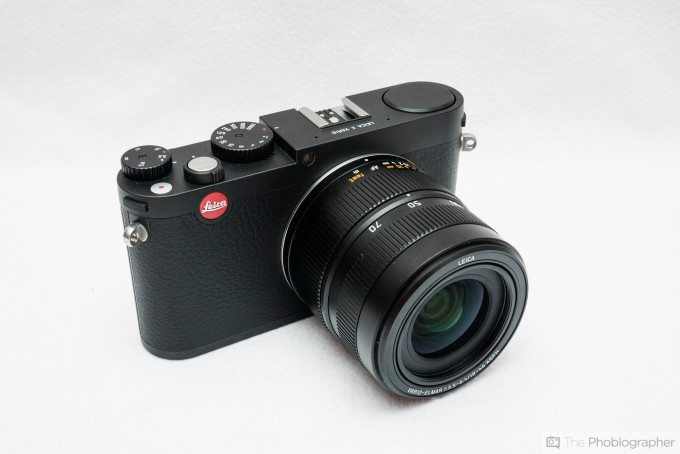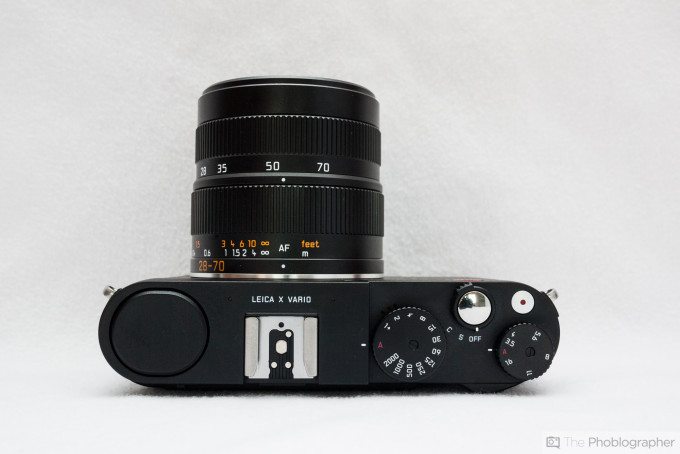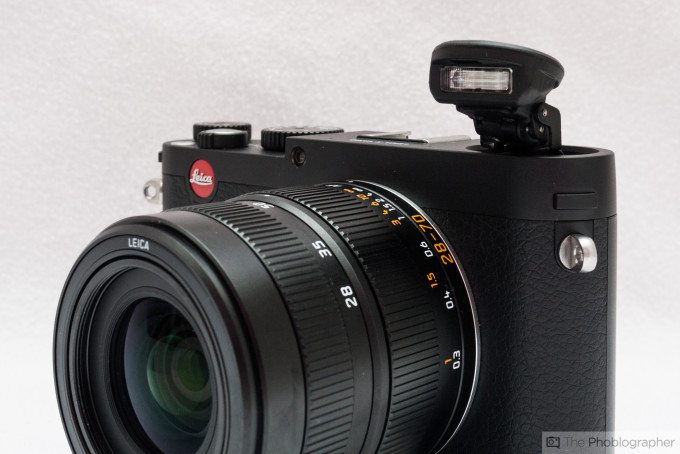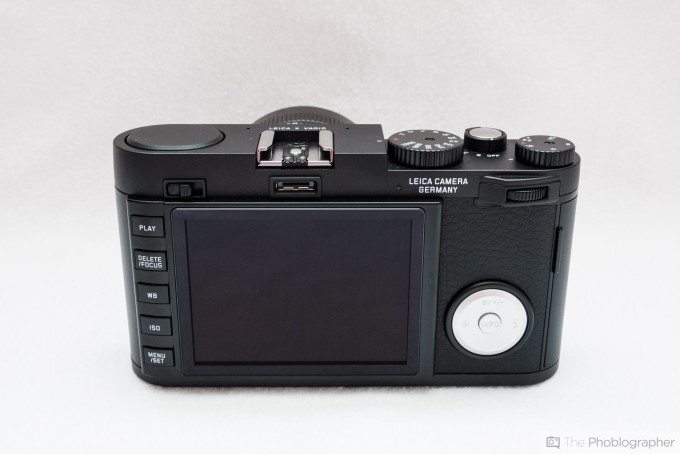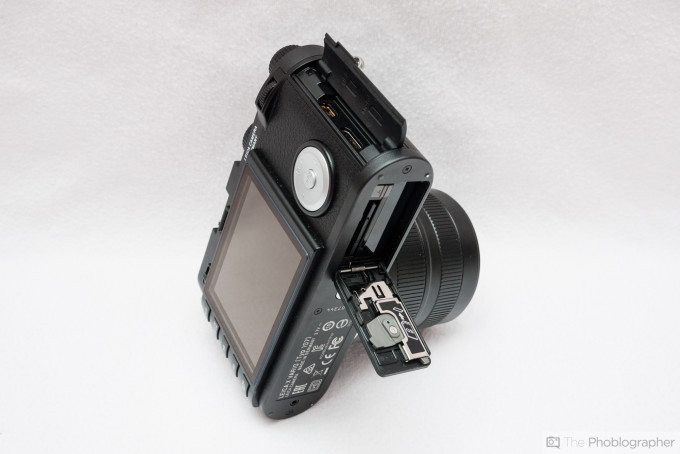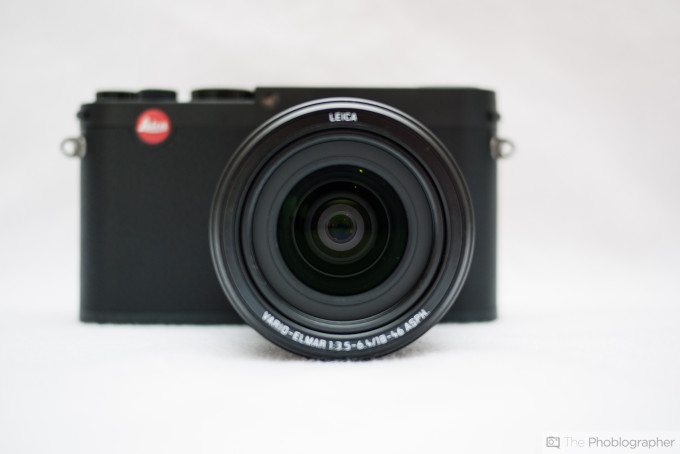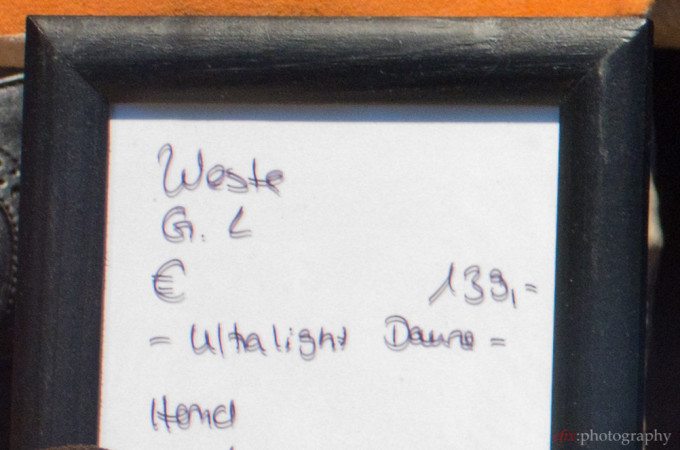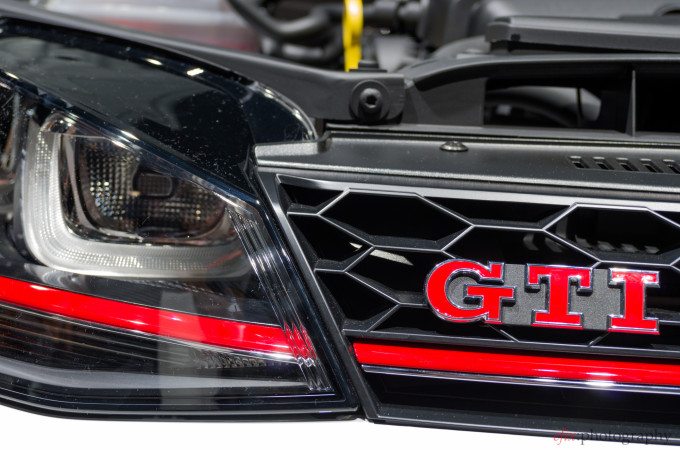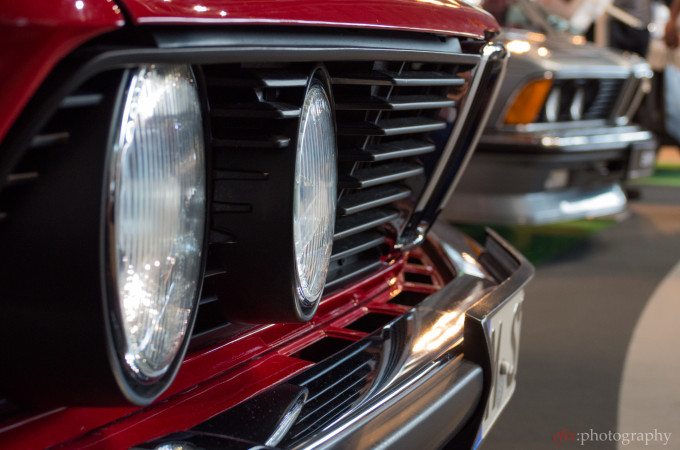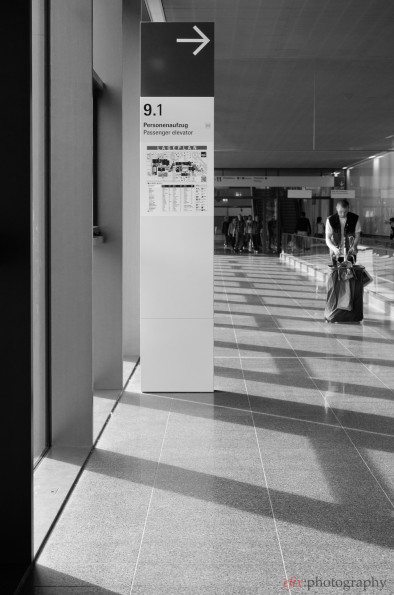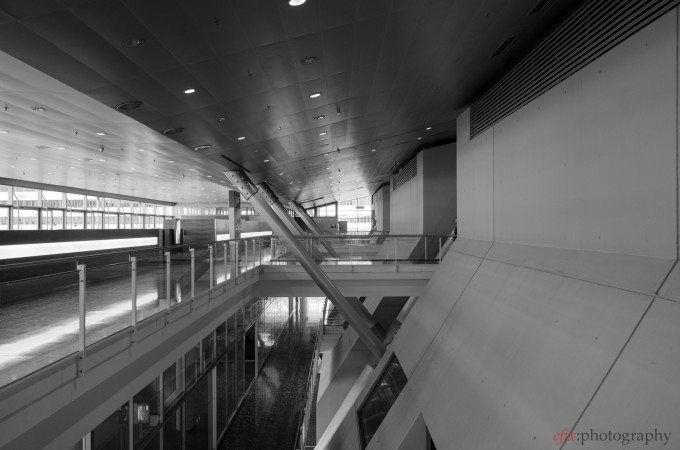Our first impressions of the Leica X Vario were somewhat a mixed bag. On the one hand, we found that the camera is very well built and feels extremely solid, just like you’d expect from a Leica. We also praised the user inteface which emphasizes quick access to shutter speed and aperture value, just like you get it on a big Leica M. On the other hand, we found that there were some aspects about the X Vario’s ergonomics where Leica was sloppy, focusing too little on the photographer and too much on doing things differently from everyone else. Now with the final review of the X Vario, do we still hold up that judgement? Head past the break to find out.
Pros and Cons
Pros
- Excellent image quality, right up there with current APS-C cameras.
- Built like a tank, exactly like you’d expect considering the price tag.
- Basic operation (shutter, aperture, zoom, focus) is perfectly user-centric.
Cons
- Relatively slow lens, with max. aperture ranging from f3.5 to f6.4.
- Some questionable choices were made in the design of the user interface.
- Mind-bogglingly expensive.
Gear Used
For this review, we used the Leica X Vario Typ 107 with the EVF2 electronic viewfinder. The product pictures were taken with a Panasonic G1 Micro Four Thirds camera, Lumix G 20mm f1.7 lens and a Rokinon D900AFZ flash.
Tech Specs
Taken from the B&H product page
- 16.1MP APS-C CMOS Sensor
- 18-46mm Zoom Lens (35mm Equiv: 28-70mm)
- 3.0″ 920k-Dot, Wide-Angle LCD Monitor
- HD 1080/30 Video with Sound
- Wind-Cut Filter for Audio Clarity
- Manual Focusing Ring, Manual Exposure
- Built-in Flash, Hot Shoe
- ISO 100-12500
- Solid Aluminum / Magnesium Construction
- Free Adobe Photoshop Lightroom Download
Ergonomics
As stated in our first impressions post on the X Vario, there are equally as many things wrong with this camera’s ergonomics as there are right. In the paragraphs below, we repeat our findings from our first impressions post.
As with so many cameras before it, the company deserves some major Kudos for the layout of the main controls. Leica did exactly the right thing when they gave the original X1 a shutter speed and aperture dial instead of the classic PASM mode dial. By a flick of either dial, you can set the camera to program mode (‘A’ on both dials), aperture priority (‘A’ on the shutter dial only), shutter priority (‘A’ on the aperture dial only) or go fully manual. Brilliant.
But … why did the design team think it’s reasonable to put 1/3-stop clicks on the aperture dial, but only full-stop clicks on the shutter speed dial? It’s not like the shutter is unable to fire at intermediate speeds like 1/80 sec. And honestly, who ever adjusts their aperture at 1/3-stop values? The reasonable thing to do here would’ve been to give both the aperture and the shutter speed dial 1/2-stop clicks. And why is there no indication of the flash-sync speed on the shutter speed dial like on the M?
Next up: the power switch. Ingeniously placed around the shutter button and acting as a drive switch at the same time. But why didn’t they add a self-timer position like they do on the M? It’s not like you can use the self timer and the continuous drive mode at the same time, anyway. Instead, the self-timer is activated via the rear controls (more on those later.)

Then there’s that awkwardly placed movie button. Instead of putting it in the upper-rightmost corner of the top plate between the shutter button and aperture dial, where everyone over the age of twelve will have trouble squeezing their finger through, they could’ve placed it on the rear where it could be operated by the thumb.
On the upside, what’s absolutely brilliant is the manual focus ring around the lens. I just wish every fixed-lens camera came with a focusing ring like this. It’s got an ‘A’-position for autofocus, and as soon as you slightly twist it to the right, it comes to a hard stop at the infinity setting. And unlike most modern digital cameras (or lenses for digital cameras) that focus way beyond infinity, the X Vario’s lens focuses precisely to infinity when the focusing ring is at the infinity setting. This is especially helpful when taking pictures of the sky or of stars or landscapes in the dark.
The camera focuses down to .3 meters (1 ft), but only at the 70mm-equivalent zoom setting. If you’re below 70mm-e and try to manually focus down to .3 m, you’ll get a warning on the display. Also, as soon as you move the focusing ring, you’ll see the center portion of the image magnified in the center of the screen. Nothing new, but very clever and tremendously helpful. The implementation of manual focus is probably the best part of this camera.
The little pop-up flash is activated by a slider on the rear, and pops up with a solid chunky noise. The same goes for when you retract it again. But as with most things about the X Vario, this, too, raises a question. Why can it not be tilted upward to bounce from the ceiling? Eludes me.
The rear of the X Vario looks rather similar to that of the M Typ 240, with the large 3″ LCD dominating the scene. Left of it are five direct-access buttons, while the four-way controller with central button is to the lower right of it. At the upper right of the X Vario’s back is the conveniently placed control dial, which is easily operated by the thumb and at the same time serves as a thumb rest for additional stabilization when holding the camera with one hand. Also notice the previously mentioned slider that opes the pop-up flash, top left of the display. Below the flash hot-shoe is the familiar accessory port that feeds the electronic viewfinder, as known from the X2 and the Olympus PEN cameras since the E-P2.
Now to the controls. From top to bottom, this is what the five buttons left of the display do:
- ‘PLAY’ — activates the playback mode.
- ‘DELETE/FOCUS’ — deletes an image in playback mode, selects between 1-point, 11-point, spot and face-detection focus in recording mode. When pressed slightly longer, the focus point can be moved using the four-way controller.
- ‘WB’ — opens the white balance dialog in playback mode.
- ‘ISO’ — opens the ISO dialog in playback mode.
- ‘MENU/SET’ — opens the menu. In the menu, it sometimes confirms a setting, while at other times discarding it. The logic behind this is presumably evident only to Leica engineers.
The four-way controller has an ‘INFO’ button in the center which changes the info displayed on the LCD while in recording or playback mode. The top, left, and right positions are pre-set with additional shortcuts for the self-timer (left), exposure compensation (top) and flash (right).
Here, more questions arise. First, where is the AE/AF-lock button? It is entirely impossible with the X Vario to uncouple autofocus and metering. I checked every possible setting in the menu. The only workaround I found is to focus manually and save the metered exposure by half-pressing the shutter button. Again, this makes sense probably only to Leica engineers.

Also, there is no quick way of dialing in exposure compensation when you’ve already focused and metered. Like, turning the control dial. Noooo. That would’ve been far to obvious, wouldn’t it. Instead, you have to press the up position of the four-way controller, change the EV by pressing either its left and right positions or by using the control dial (aha!), and finally confirm the setting with the ‘MENU/SET’ button (this is one of the few times where it actually sets a setting, as its name suggests.) Awkward and unpractical.
And while we’re at it, why is the menu button not, like with almost any other camera out there, in the center of the four-way controller? That would be much more convenient and would allow to operate the camera almost exclusively single-handed. And why is it that the button that reads ‘MENU/SET’ only sometimes confirms a setting, while at other times discarding it and returning to the previous menu level? And why does the user have to confirm a setting by using the right and left positions of the four-way controller at those other times?
I admit that you can get used to all of this. But if you come from cameras with more intuitive interfaces, the X Vario is both highly irritating and frustrating to use at first. I don’t know if this is some sort of we-do-it-differently-just-because-attitude, or if the Leica engineers actually had their reasons. But from a user perspective, there are some aspects about the X Vario that should’ve been solved differently.
Finally, the flaps at the right and bottom. Not much to say here. Under the flap on the right you’ll find a USB and an HDMI port, while the flap on the bottom gives access to the SD card and the battery. One of the few aspects of the X Vario’s ergonomics where Leica got it right.
Additional thoughts:
After spending some more time with the Leica X Vario, all of the above points of critique have to be upheld. I found no solution for the missing AE/AF lock button or the exposure correction issue. Also, I further noticed that I would frequently press the buttons on the four-way controller with the palm of my hand, just by holding the camera. Another design flaw. Leica should’ve kept the controller in the same raised position that it occupies on the M 240.
Also, when mounted to a tripod, the battery/SD compartment cannot be accessed. This is a common problem, and I don’t get it why it’s so difficult to make the camera where the SD card and battery can be accessed while it’s mounted to a tripod. This can get quite annoying when shooting video, for example. Only workaround: a very large SD card and a fully charged battery.
Build Quality
From our first impressions:
This is part of what you pay for when shelling out almost $3k for this camera. The build is simply superb. Every single part of the X Vario feels solid. From the flaps over the buttons and dials to the focus and zoom rings, this camera is one solid piece of craftsmanship. Add to that its considerable weight, and it almost feels like a brick in your hand. Less rough, of course.
Additional thoughs:
The display of the X Vario seems to be rather prone to scratches, so prospective buyers of the camera may want to keep that in mind. It is recommended to get a display protector of some sort for the X Vario. Apart from that, there isn’t really much else to say about the camera’s excellent build.
Autofocus
From our first impressions:
Ah, yes. Autofocus. The X1 was a disappointment in that regard. The X2 slightly improved on it. Now, the X Vario … well, it autofocuses, but that’s about it. It’s neither fast nor reliable, unfortunately. When it does lock focus, it does so precisely. But during the short time I spent with it so far, I was more than once frustrated with the slow speed and low reliability of the X Vario’s autofocus.
I am a friend of small focusing areas, so naturally I would choose the spot focus setting. However, the X Vario really only tries to focus on what’s inside the tiny area of the spot focusing field. When there’s too little contrast to work with, it simply gives up. Switching to the slightly larger field of the 1-point setting helps here, or focusing manually (which is, as I explained before, brilliantly solved.)

When the light gets dim, the X Vario will activate the AF assist lamp, which sheds a soft orange light on the scene you’re trying to focus on. This helps a lot, but AF is still considerably less quick and accurate than in good light. And even in good light, it is far from quick …
Additional thoughts:
After using the X Vario for another week and putting it through its paces at the Frankfurt Auto Show (IAA), I have to uphold my criticism as concerns the autofocus. Yes, it’s accurate if it locks, but it doesn’t alway work as smooth as you’d like it to. I experienced a lot of hunting when contrast wasn’t high enough, and more than once would the AF lock, but the resulting picture turn out defocused, as in the example below.
As mentioned in our first impressions post, switching between the various autofocus modes may help, but the one and only solution is to go all manual. And with the X Vario’s unique manual focus ring, that really is a piece of cake. Mind though that when light gets really sparse, the magnified view you get during manual focusing will not show enough detail to properly judge focus. So we have to conclude that the X Vario really isn’t much of a low light camera, despite its very good high-ISO performance.
Ease of Use
From our first impressions:
As should be evident from the sections on ergonomics and autofocus, the ease of use of the X Vario is a mixed bag. There are some aspects about it which are absolutely brilliant and make using the camera a breeze (such as the focusing ring or the shutter speed and aperture dials), while others leave the user irritated and/or frustrated (the placement, assignment and/or lack of buttons, for example.) I’d say there definitely is a considerable learning curve with the X Vario. But as soon as you get comfortable with it, it works mostly like any other digital camera.
Metering
The Leica X Vario has three metering modes: spot, center-weighted and multi-metering. If you’re a friend of automatic modes, then multi-metering is your safest bet. It will measure exposure over the complete frame, and average it out so that the image has a balanced look. At least that’s the theory. During my time with the X Vario, I noticed multiple times that it has a tendency to overexpose by as much as a full stop, regardless of using multi-metering or center-weighted metering. So, especially in high contrast situation, spot metering may be preferrable.

Image Quality
Bokeh
Considering the X Vario’s limited maximum aperture of f3.5-f6.4, one wouldn’t think that ‘bokeh’ was something you could get out of this camera. But that’s far from the truth, actually. Because the lens is able to focus down to 30 cm (12 in), it can create some very nice and out-of-focus blurring. And not only is there a lot of blur going on, it is also of the smooth and gentle kind that we all love so much. Kudos to Leica for this great lens design.
Sharpness
Designing a zoom lens is always a compromise between size, cost and versatility. Leica did the right thing here with keeping the initial aperture relatively small, as this allows for sharp images right from the start. That in combination with the lack of an anti-aliasing filter on the sensor makes for some very beautiful files with loads and loads of fine detail. Sure, the lens could’ve been made faster. Sure, the zoom range could’ve been extended. But one of the things Leica is known for is the excellent quality of their lenses, and a faster lens with more zoom probably wouldn’t have been possible at this price point, size, weight, and with the same overall image quality.
As with any lens, the X Vario’s zoom lens needs to be stopped down in order to get the most out of it. But even wide open sharpness is already good enough for most purposes. Below, you can find two 100% crops showing pixel-level sharpness at the center and corner of the frame with the lens set to 43mm-equivalent f5, which is wide open at that setting.


The same level of sharpness is achieved at any focal length setting of the lens. I think it goes without saying that sharpness improves further when stopping down, until the diffraction limit kicks in somewhere around f11-f16.
Color Fringing
There is very little color fringing going on in the files that come out of the X Vario, but here the camera has one clear advantage to interchangeable-lens cameras: the characteristics of the lens can be programmed into the image processor, so that any remaining optical issues (and we doubt that the X Vario’s lens is absolutely free of those) can be corrected for during processing of the signal that comes from the sensor. We assume, though, that most of the color fringing the lens produces gets corrected before the raw data is saved.
There can be some remaining chromatic aberrations here and there, though. In the 100% crop below, you can observe it in a high contrast situation, which is where it normally occurs. If necessary, it can be corrected with Lightroom’s lens corrections tool (or whatever your workflow software of choice has on offer for such situations.)
Distortion
As mentioned in the section on Color Fringing, the X Vario’s image processor probably corrects for some optical shortcomings of its otherwise superbly engineered lens. That goes for distortion as well, unless the lens does not exhibit any to begin with. During our time with the X Vario, we couldn’t observe any distortion of any kind in any image.
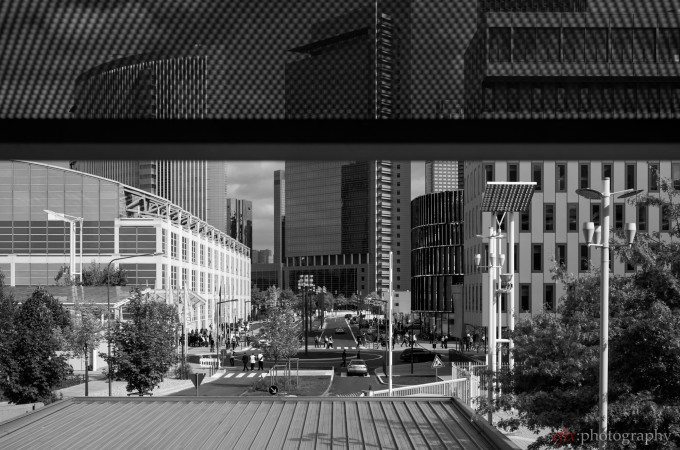
Color Rendering
Overall, the Leica X Vario’s sensor renders color very naturally. We didn’t encounter any issues with hues being off or images being tinted, except that one time, where the camera apparently had a case of the hiccups …

Apart from this singulary glitch, the colors in the X Vario’s DNG files are beautiful and a joy to work with, albeit rather saturated to begin with. Also, we found that the X Vario tends to oversaturate the red channel quite a bit, especially when using the ‘Embedded’ camera profile in Lightroom. Using the ‘Adobe Standard’ profile will yield much more natural looking colors. In the image below, I had to dial down the saturation of the red channel by some 20% in order to achieve an overall balanced look.

One thing worth noticing is that overall, the X Vario’s files provide some outstanding tonality, both in color and in black-and-white. There’s a lot of information to work with in post-processing, and it’s almost impossible to get an X Vario image to the point where colors fall apart.
High ISO Images
The Leica X Vario is right there with the best APS-C cameras currently on the market (except for Fuji’s X-Trans models maybe.) The sensor delivers superb image quality even at higher ISOs, without much loss of detail or color accuracy. You’ll have to dial in some noise reduction to deal with the chroma noise, but the luminance noise is mostly very gentle and resembles film grain, especially in b&w conversions.

Below is an image taken at ISO 3200, which was a necessity considering the ambient light levels at that scene and the light gathering capabilities of the X Vario’s lens. For an ISO 3200 shot, there is very little overall noise. The chroma noise is easily dealt with in post processing, and the luminance noise is noticeable only in 100% magnification. And even then, it’s hardly obtrusive.
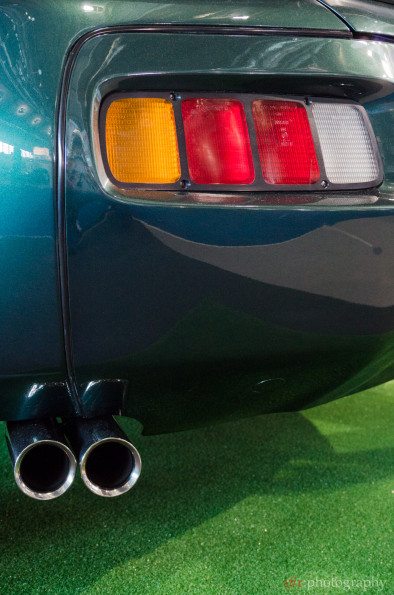
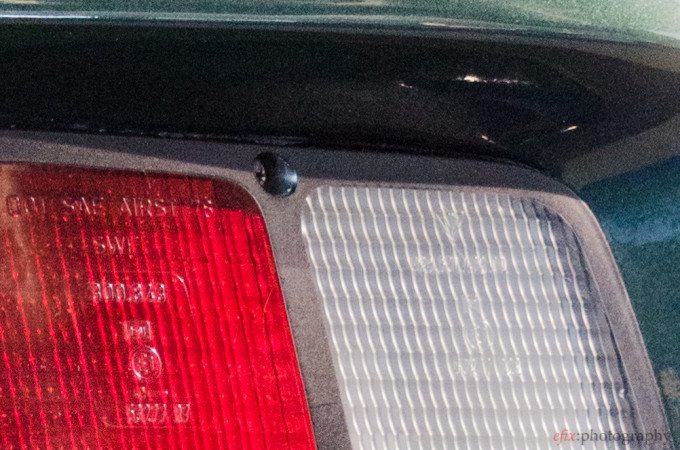
Raw File Versatility
Thanks to its sensor’s overall very good signal to noise ratio, the X Vario’s raw files have a lot of post-processing latitude. Highlights can be pulled if shots are overexposed, while shadows can be pushed by several stops without noise creeping in. As a general rule, though, underexposing is better than overexposing, since there’s more information left in the shadows than in the highlights.

In the sample below, I had dialed in -1 EV exposure compensation in order to preserve the highlights. As a consequence, the shadows were pretty dark straight out of the camera. However, the raw file responded very well to pushing the shadows by several stops, without any loss in detail or color accuracy.
Conclusions
The Leica X Vario is a true Leica in all regards. It comes with an exclusive price tag, superb build quality, and an absolutely stellar fixed zoom lens. It feels and handles like a proper Leica, that is like a Leica M. But as befits a proper Leica, the X Vario also comes with its respective quirks. The placement of controls is one of them, the lack of basic functionality such as an AE/AF lock button another. From the purely photographic point of view, though, the X Vario rocks the scene.
The images it produces are of outstanding overall quality, and are rivaled only by higher end DSLRs equipped with some of the best lenses on the market. Images are rich in tonality, with strong and vibrant colors, and noise is not really an issue. There is lots of sharpness and detail, bokeh is smooth and gentle, and the raw files provide enough post-processing latitute to satisfy even the most demanding of users.
Ultimately, what the X Vario proves to be is an enthusiast’s all-rounder. Unlike all of its fixed-lens APS-C sensor contenders, it has one unique advantage, and that is a 28-70mm equivalent zoom lens. (The Canon G1 X is the only other camera with a comparably large sensor and a fixed zoom lens.) I would have no reservations at all taking the X Vario on a holiday trip as my only camera. The zoom range is versatile enough, and the images are beautiful.
Would I buy one, though? No. For what it is, the Leica X Vario is too expensive, especially considering all its flaws. For almost three grand, I’d expect more than just stellar image quality. I’d also expect a flawless user interface, as well as blazing fast and super accurate autofocus, such as that found in current Olympus Micro Four Thirds cameras. In that department, the X Vario doesn’t deliver at all. Which is a shame, really, because otherwise, it easily kills all of its competition.
As it is, though, we can see harldy more in the X Vario than a fancy toy for rich people. We might eventually change our stand on this, if Leica provides a properly thought-through user interface and actually usable autofocus in the next version of the camera. But from our experience with Leica, we doubt this will actually happen.
Additional Images

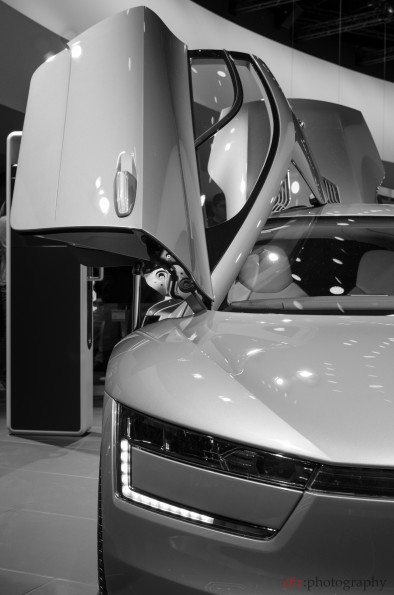
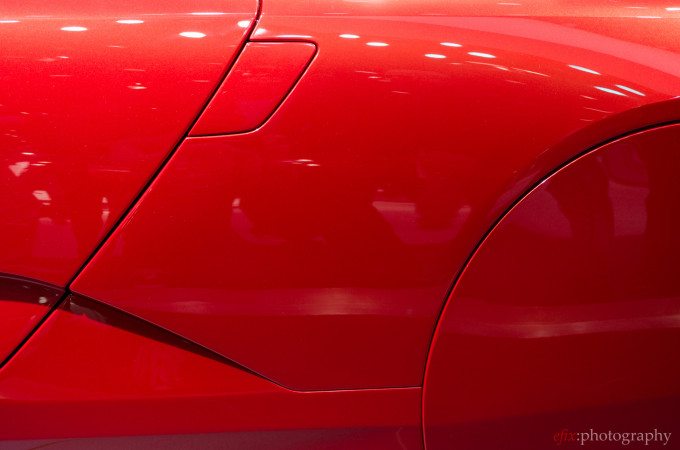
For more image samples, please also look at our first impressions post.
Please Support The Phoblographer
We love to bring you guys the latest and greatest news and gear related stuff. However, we can’t keep doing that unless we have your continued support. If you would like to purchase any of the items mentioned, please do so by clicking our links first and then purchasing the items as we then get a small portion of the sale to help run the website.


